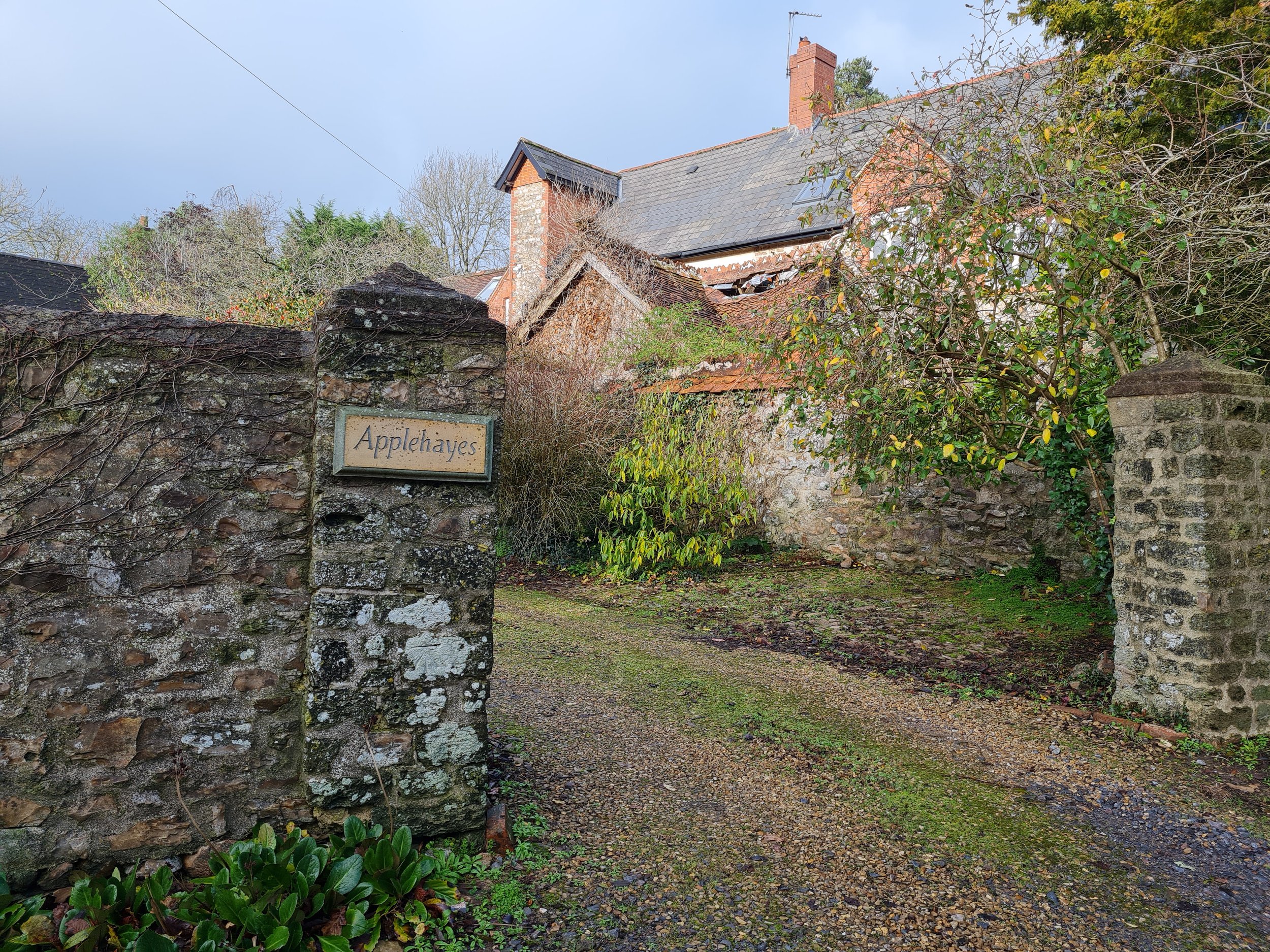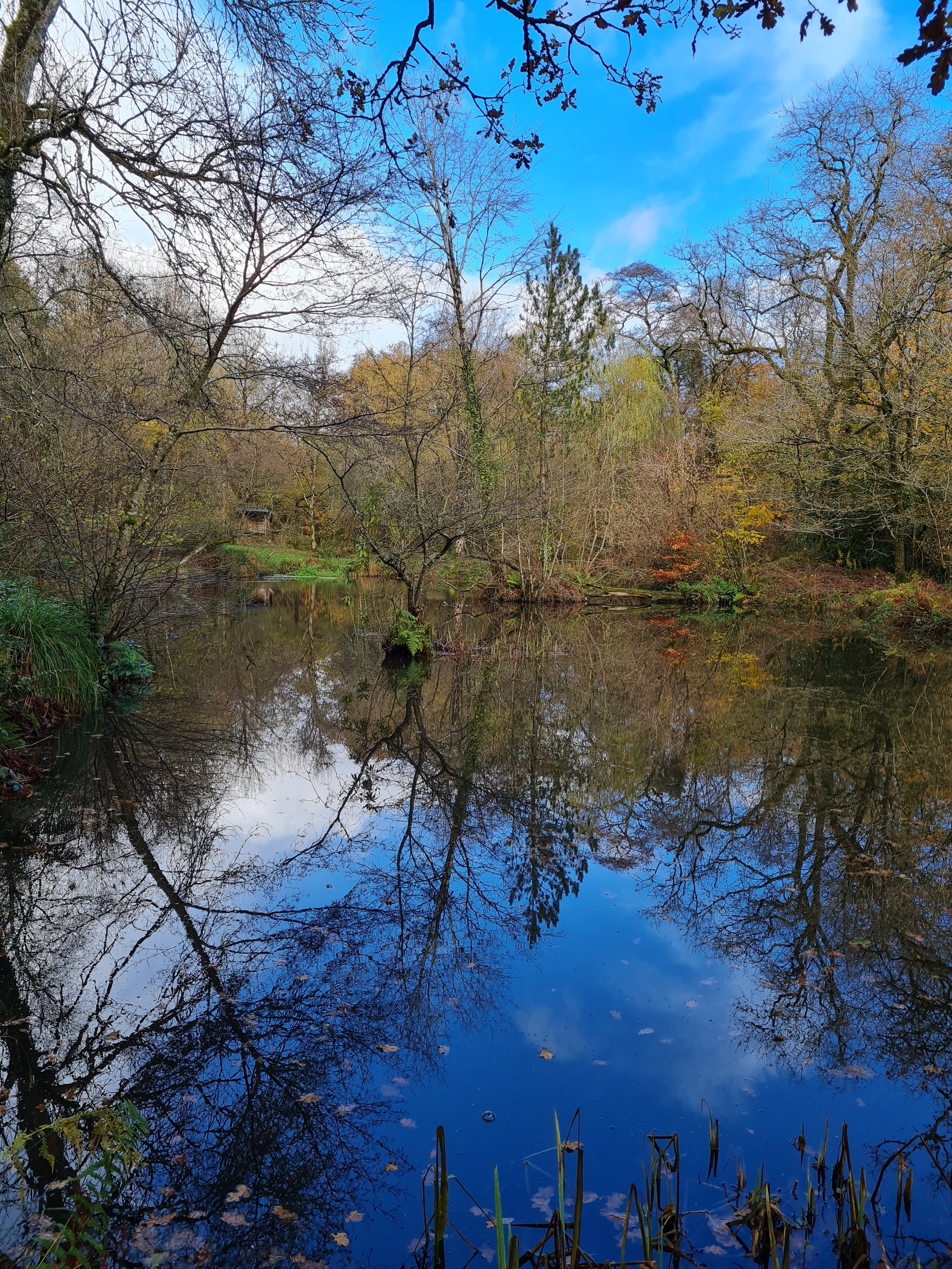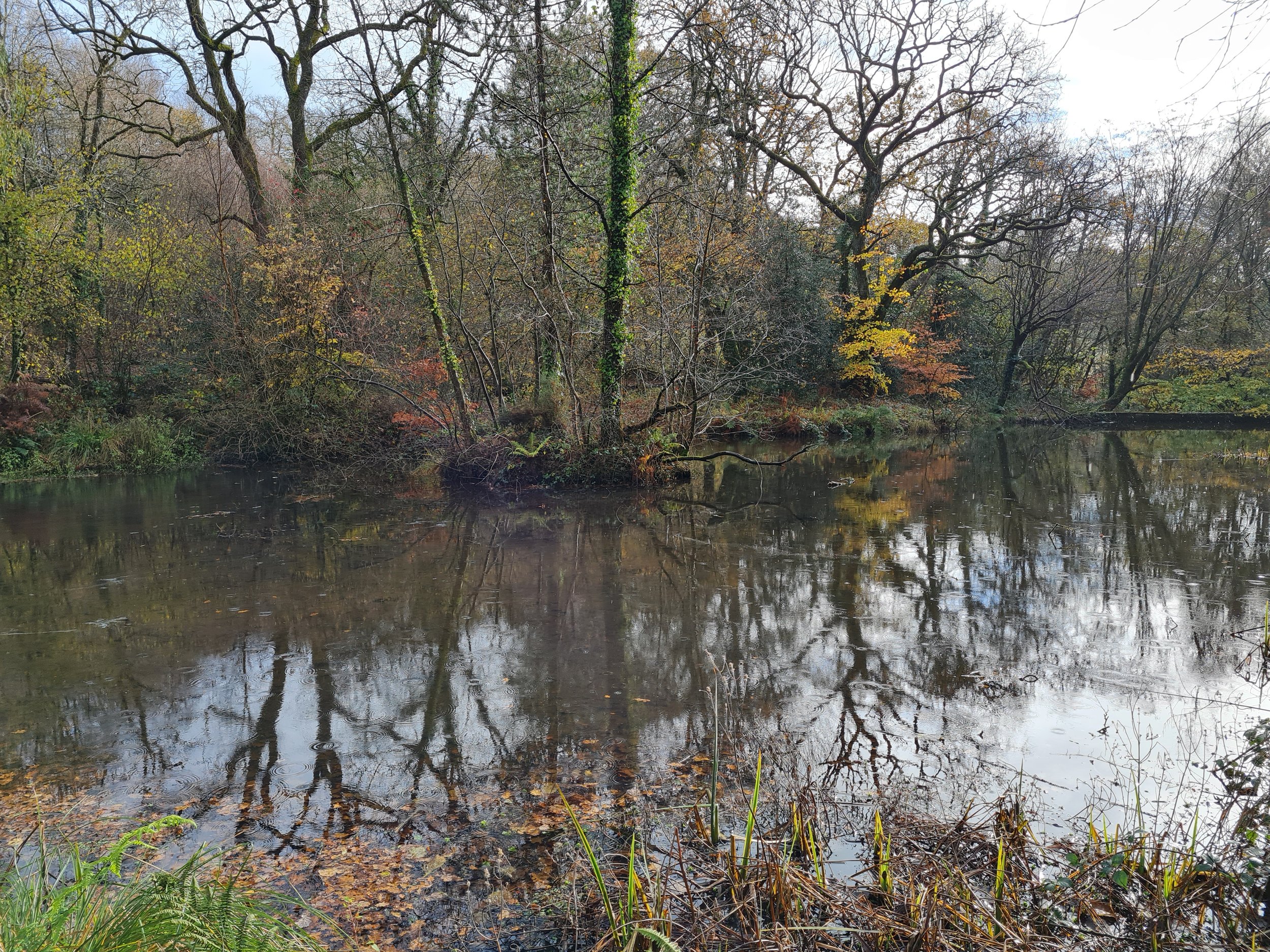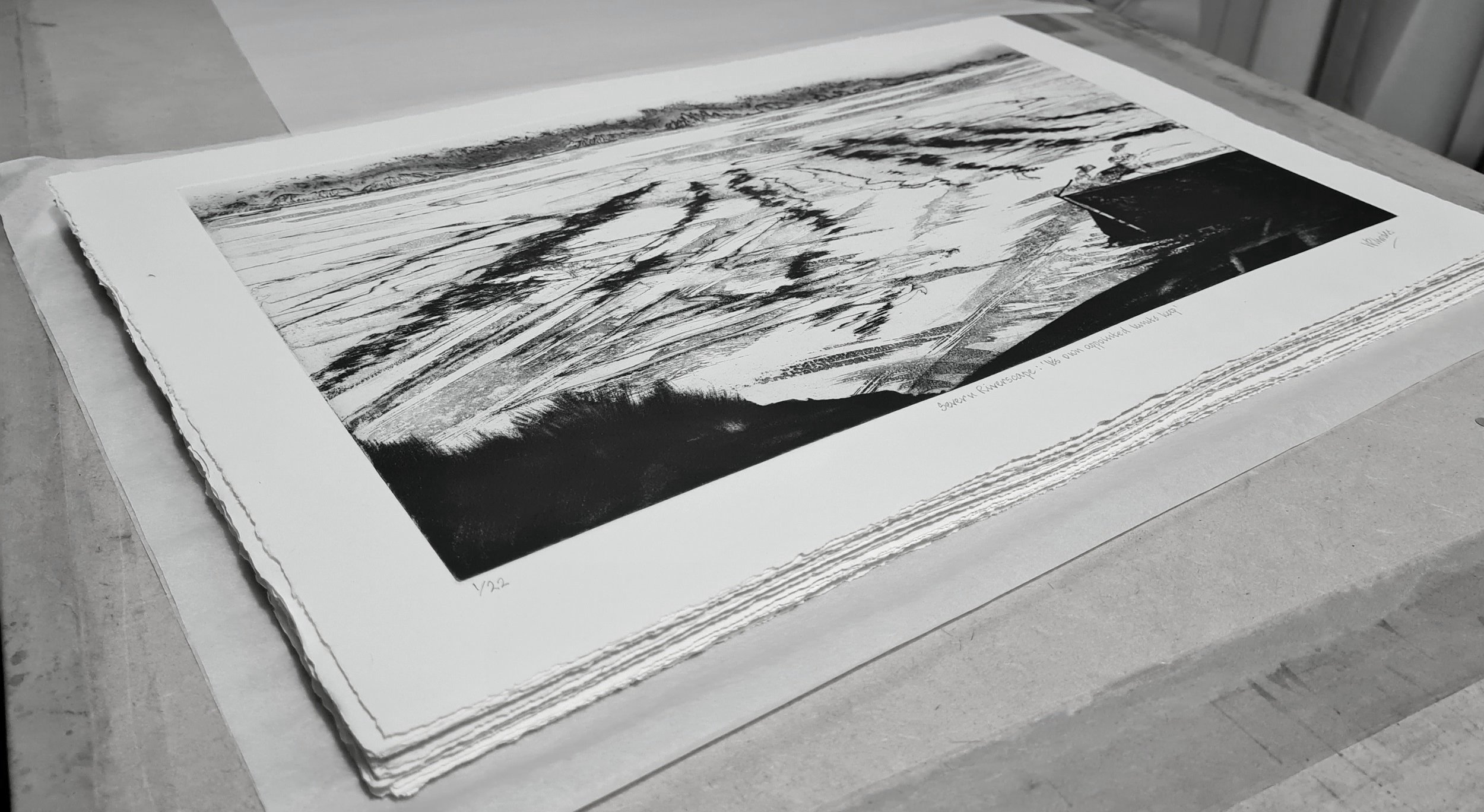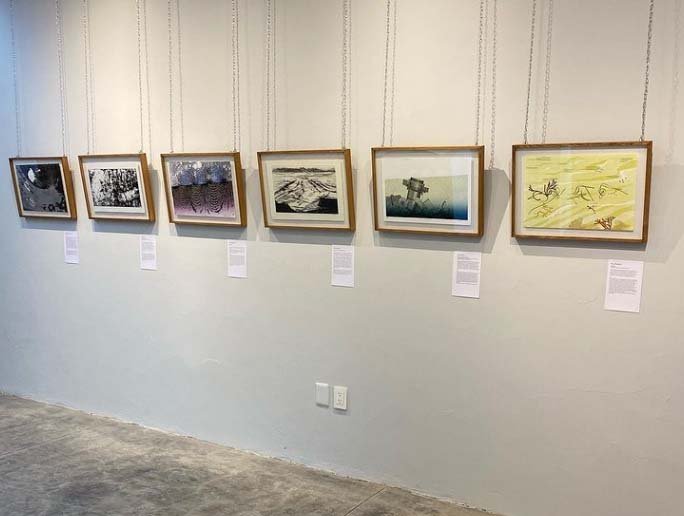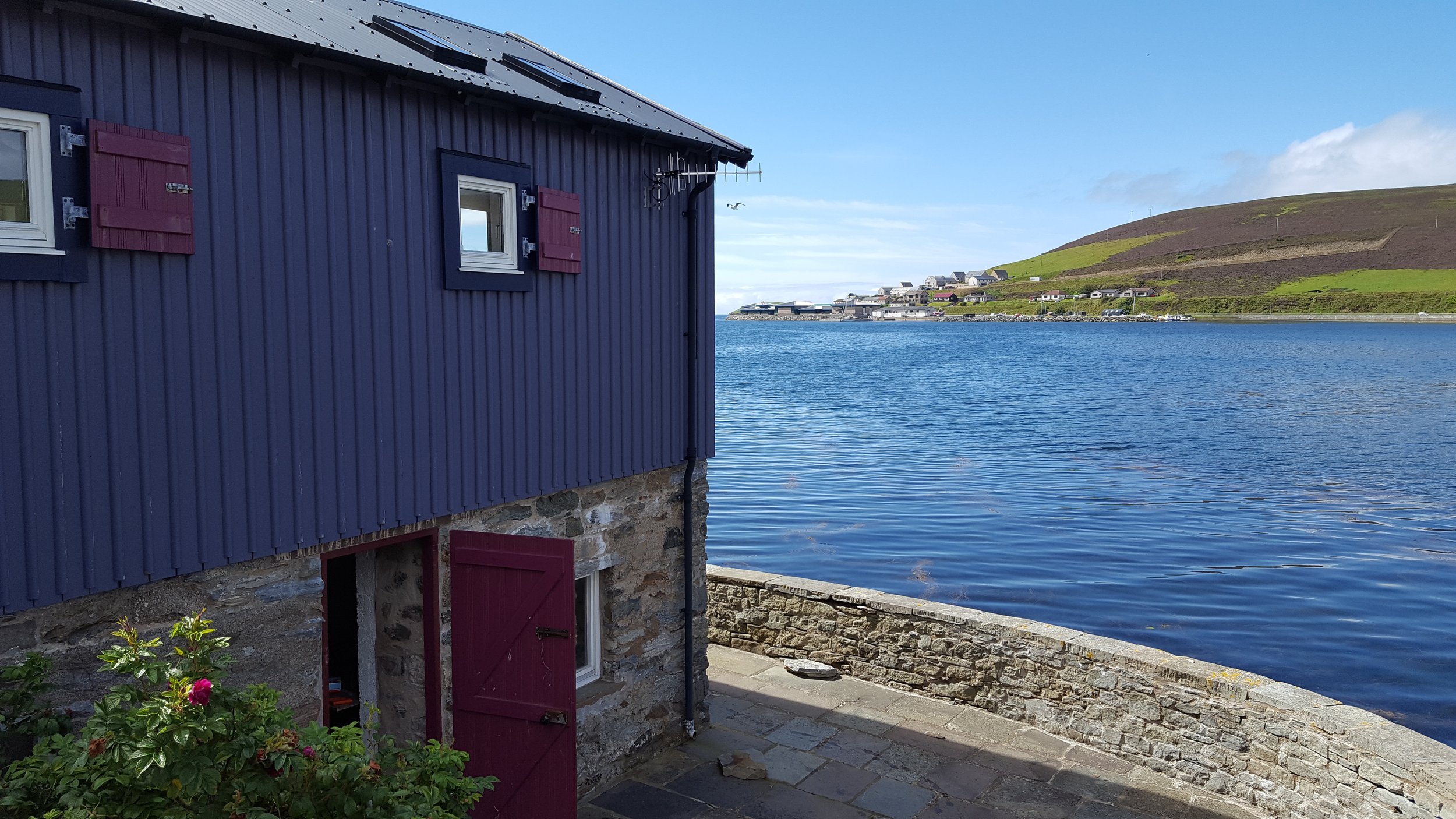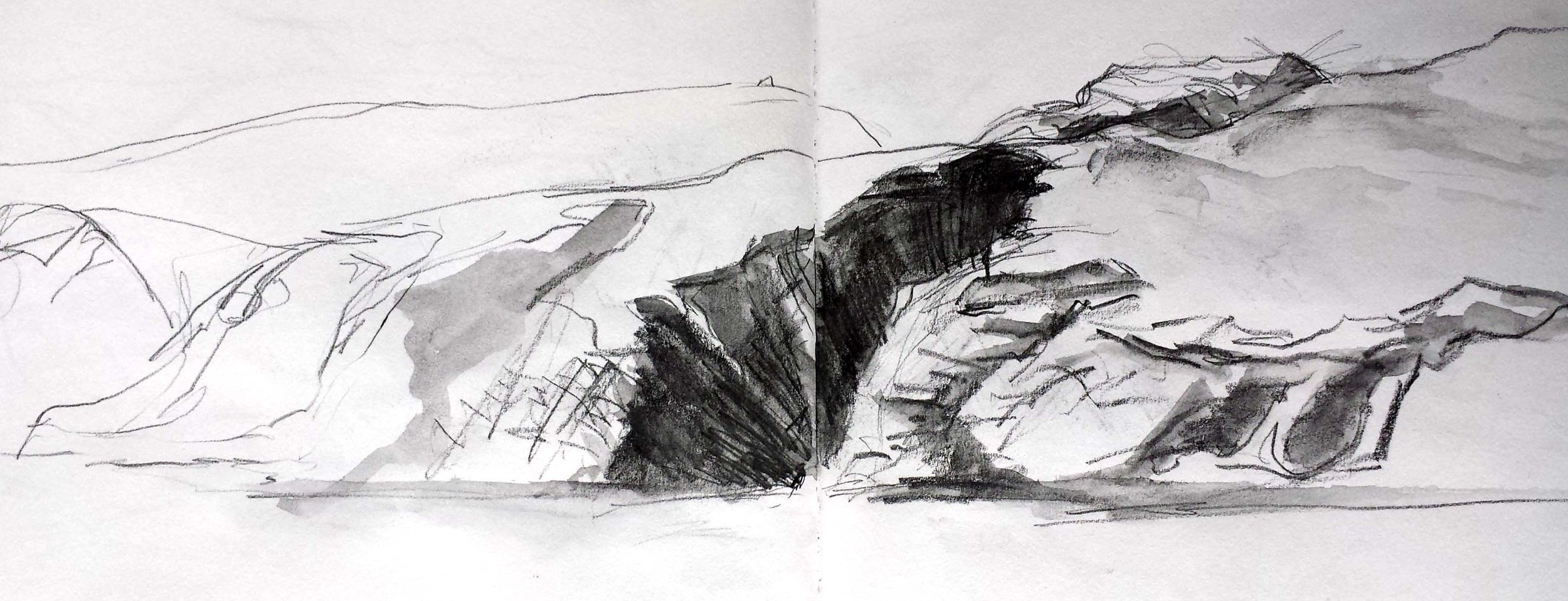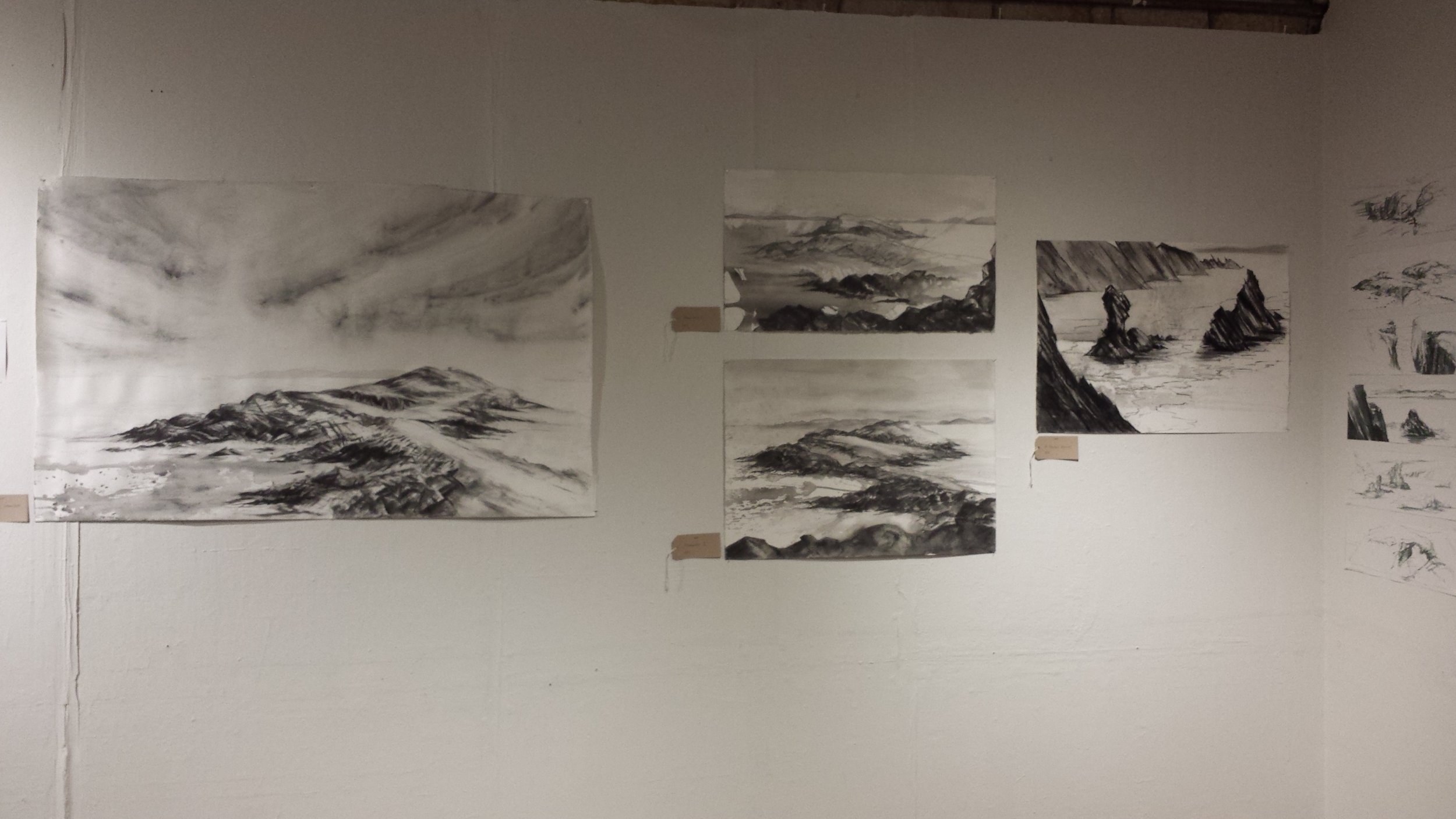Projects
I enjoy the challenge of a project, usually it takes the artist out of their comfort zone and asks them to address a new challenge. The project process of research and making awakens the artist’s insight. New work is enriched.
'Wendy describes finding the location in the Blackdown Hills:
It was quite a moment to find a place near Applehayes that felt right, and to reflect on why Gore stopped there and painted that scene. As I was drawing, it felt like I was seeing the place through two pairs of eyes and with two sets of sensibilities. It became even more interesting to reflect on what I could bring to the interpretation of place with a modern view.
Paradise Found: New Visions of the Blackdown Hills 2023
“A contemporary interpretation by 36 painters, printmakers and photographers walking in the footsteps of the Camden Town Group.
Conceived and arranged by Tim Craven, and co-curated by Sandra Higgins and Fiona McIntyre.
Between 1911 and 1925 the Blackdown Hills were a source of inspiration for members of the avant-garde painters of the Camden Town Group. They captured the ancient landscape and its particularity with the progressive French artistic approach of Cezanne, Gauguin and Van Gogh.
36 contemporary artists including past and present members of The London Group (previously the Camden Town Group), will recapture the same sites that were painted by Spencer Gore, Charles Ginner and Robert Bevan of the Camden Town Group. The contemporary works will be exhibited alongside drawings and paintings (together with reproductions of paintings and photographs) created by Gore, Ginner and Bevan.
The environment has changed little over the last 100 years, partly due to its inaccessibility for modern development. From the surreal, abstracted, expressionist and the hyper-real to the conceptual and post-modern, the Blackdown subjects will be a vehicle to survey and consider recent developments of drawing and painting in the British landscape tradition.
The exhibition will provide a fascinating insight into the ecological, social, industrial and historic issues particular to the Blackdown Hills over the same 100 year period, examining the values and characteristics which so attracted the Camden Town artists.” Thelma Hulbert Gallery
https://www.thelmahulbert.com/?q=exhibitions/paradise-found-new-visions-blackdown-hills
The gates to the Applehayes estate near Clayhidon, Blackdown Hills
Inspirational ponds near Applehayes
Research visit to Applehayes
Inspirational reflections in the ponds
Plein air drawing - research visit
The patter of raindrops disturbing the surface reflections and encapsualting time and place
Sketchbook planning (click for full image)
Applehayes sketchbook (click for full image)
Planning the finished drawing (click for full image)
Tidal Timespace: an international collaborative print portfolio, 2021/22
Severn Riverscape
A project conceived by Heather Green (https://www.heathergreen-art.com/tidal-timespace) to map two very specific locations: Bahía Adair in the Gulf of California in Mexico and the Severn Estuary in the UK. 18 artists in total have been asked to participate, with each making one print contribution
This etching Severn Riverscape: ‘Its own appointed limits keep’ takes its title from the memorial plaques placed on the east bank of the River Severn at Purton Ships Graveyard. The limits of this river are appointed in many ways: here obsolete ships' hulks have been beached in order to protect the banks of the adjacent canal from erosion; ships are now river banks, as much river-mud, silt and grass as steel or wood. Only the bows and upper surfaces remain visible, as indicated in the foreground of this print. The memorial plaques also mark this place as the eastern point where the Severn and Wye Rail Bridge, an essential communication route, used to stand until one fogbound night in 1960, when it was damaged beyond repair by two colliding tankers, causing five lives to be lost. We look across the river-span of the bridge, across the ebb and flow of the tide to the west bank of the Severn. Still visible are the traces left in the hillsides of the railway cutting, allowing the rail link to follow the course of the river and reminding us of human impact on so many aspects of this estuarine place. The patterns in the water track the sculptural forms cut into the riverbed by the action of the tide; the glimpses of the river filling around sandbanks and the currents pulling the water upstream keeping to its appointed lunar limits.
Severn Riverscape: Its own appointed limits keep
River Severn research sketch at Purton
Research photo, Purton
Water movement: Studio study, water soluble graphite
Contra-rhythm layers: Studio study, water soluble graphite
Severn Riverscape: Pulling a proof
Severn Riverscape: Exploring the materiality of the plate
Tidal Timespace Exhibition at Eclectico Arte Contemporaneo, January 2022
INsight Printmakers: Into the Light
A Woodchester Palimpsest, 2018
This project was put together in collaboration with Museum in the Park and INsight Printmakers. Our aim was to take artefacts from the museum stores and bring them out Into the Light, and provide a contemporary context.
For this project I took inspiration from the engravings found in a rare book published in 1797 by Samuel Lysons which documents the excavation of a Roman antiquity known as the Orpheus pavement (AD 325) in Woodchester. Intrigued by the notion of a buried mosaic I regularly visited the site to record the place as it appears today. The work shown here represents a palimpsest of place; from the ground plans of the Roman villa to the remains of the priory, which was built on the site, and the imprint of the 1973 excavations. The processes of etching and drawing reflect a layering and erasure of histories; describing a narrative of this place.

Research photo: Woodchester Location

Research drawing on location

Etching the first layers, later to be partially erased and overwritten

Woodchester Palimpsest: exploring the material possibilities of erasure through etching

Material exploration

Pulling a proof

Woodchester Palimpsest: Installation at Museum in the Park

Into the light Exhibition, Museum in the Park, 2018
Shetland Islands residency, 2016
The Booth residency programme is supported by Wasps studios. I applied for the residency as part of my PHD practice led research.
The residency produced a significant amount of drawing, and very wet weather days allowed me to develop ideas on a variety of scales in the Booth studio. On my return from Shetland the production of etchings was a slow process, but gradually I came to understand Norman Ackroyd’s maxim, that time allows a distillation of memory and images gain clarity. I recognised that my experiences of drawing en plein air for 8 hours a day became one of the most inspiring factors and that was the experience that I wished to translate. I could feel myself ‘there’, and I also began to see possibilities for creative re-interpretations.
The results moved away from the physical truth of the scene and were informed through an experience of drawing in place. From a starting point of dependable observation my etchings became mutable as I identified with, and utilised aspects of, material and experiential reciprocation between drawing and etching.
The outcomes of the residency research were displayed in a solo exhibition, Near and Far, at Ruskin Mill, Nailsworth.
Scalloway, home for 4 weeks
Plein air drawing, overcoming vertigo at Eshaness
Minn Beach, Shetland Islands
Sketching research on Bressay
Visual research on St Ninians Isle
West Burra, a vast outdoor studio
Noss Boat trip
Hamnavoe, an inspirational place
The Booth, a corner of the studio
Sketching at sea
Water, West Burra
Drawings at Ruskin Mill
Etching: Material exploration
The Booth Studio space
Near and Far, Exhibition at Ruskin Mill, 2016

